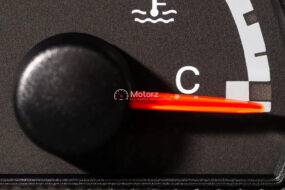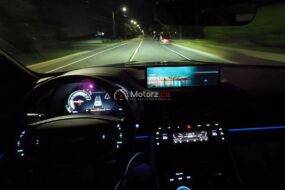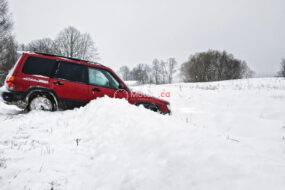Road Rage Management: Keeping Your Cool in Traffic is an all-too-common phenomenon that many drivers experience at some point in their lives. The frustration and anger that arise while navigating through traffic can escalate quickly, leading to dangerous and regrettable situations. However, with the right mindset and strategies, it’s possible to keep your cool in traffic and manage road rage effectively.
Understanding Road Rage
Road rage is not just about traffic congestion; it often stems from a combination of stress, frustration, and individual temperament. It’s crucial to recognize the factors that contribute to road rage to address them effectively. Long commutes, heavy traffic, and external stressors can all contribute to heightened emotions on the road.
Practice Patience
One of the key elements in managing road rage is cultivating patience. Accept that traffic is an inevitable part of daily life, and getting upset about it won’t make the situation any better. Use this time as an opportunity to practice patience and find ways to make the most of it. Listen to calming music, podcasts, or audiobooks to shift your focus away from the frustration of traffic.
Plan Ahead
Proper planning can significantly reduce stress on the road. Leave home earlier than usual to avoid the pressure of being late. Use navigation apps to find alternative routes or get real-time traffic updates. Being well-prepared allows you to approach your commute with a sense of control, reducing the likelihood of succumbing to road rage.
Create a Relaxing Environment
Transform your car into a haven of tranquility. Keep it clean and organized, and consider adding soothing elements like aromatherapy diffusers or calming music. A serene environment can positively impact your mood and help counteract the stressors of traffic.
Practice Defensive Driving
Adopting a defensive driving mindset can make a significant difference in how you perceive and respond to other drivers. Anticipate potential hazards, stay aware of your surroundings, and maintain a safe following distance. By focusing on your own driving behavior, you can reduce the likelihood of confrontations with aggressive drivers.
Mindfulness and Relaxation Techniques
Incorporate mindfulness and relaxation techniques into your daily routine. Deep breathing exercises, meditation, or simple mindfulness practices can help you stay centered and calm, even in challenging traffic situations. These techniques not only benefit your mental well-being but also contribute to safer driving.
Avoid Aggressive Behavior
Resist the urge to engage in aggressive behavior, such as tailgating, honking excessively, or making offensive gestures. Remember that everyone on the road is dealing with their own challenges, and reacting aggressively only escalates tensions. Instead, focus on maintaining a respectful and considerate attitude towards fellow drivers.
Take Breaks When Needed
If you find yourself becoming increasingly frustrated or stressed during your commute, don’t hesitate to take a break. Pull over at a safe location, stretch your legs, and take a few moments to regroup. Sometimes, a short break can make a significant difference in your mindset and ability to handle the challenges of the road. If road rage becomes a persistent issue, consider seeking professional help. Anger management classes or counseling can provide valuable tools and insights to better manage your emotions, both on and off the road.
Conclusion
In conclusion, Road Rage Management is a common but manageable challenge that drivers face. By understanding the factors that contribute to road rage, practicing patience, planning ahead, creating a relaxing environment, adopting defensive driving habits, incorporating mindfulness techniques, avoiding aggressive behavior, taking breaks when needed, and seeking professional help if necessary, drivers can navigate through traffic with a cool and composed demeanor. Remember, a calm driver contributes to safer roads and a more enjoyable driving experience for everyone.





